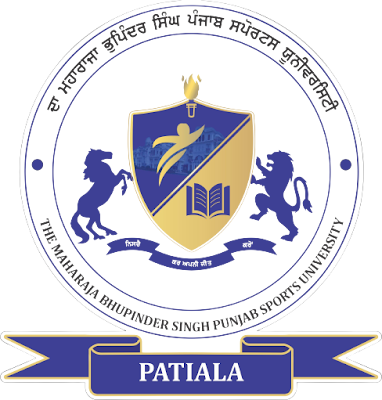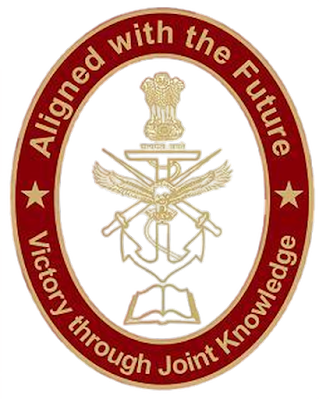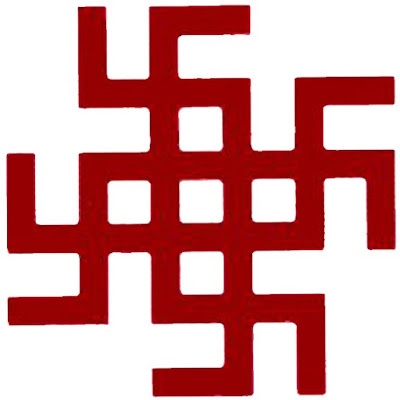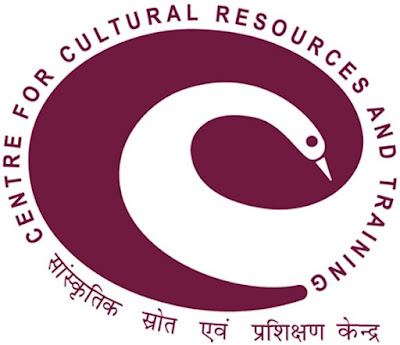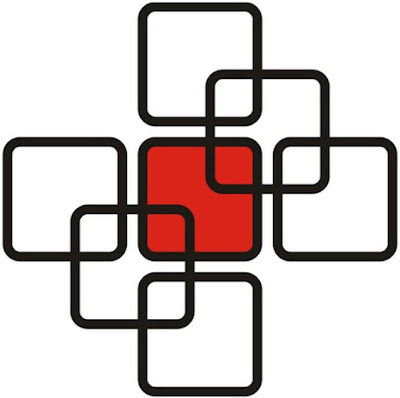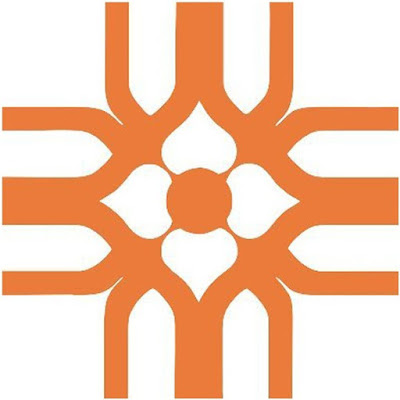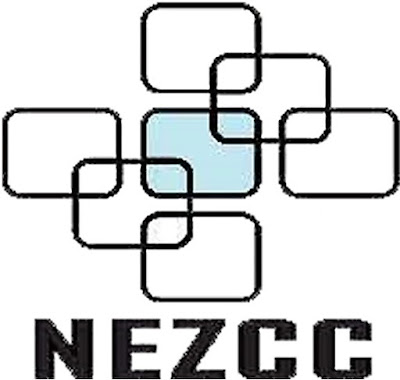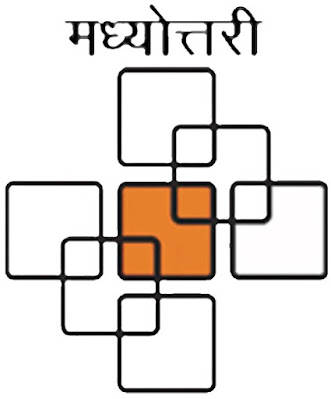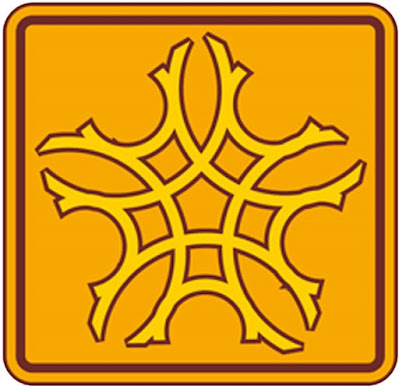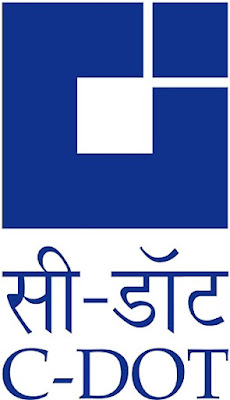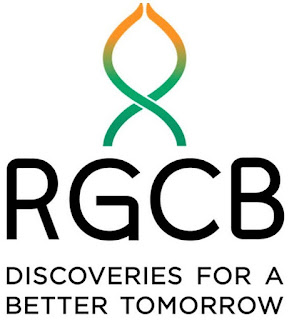IEC UNIVERSITY The red and blue emblem of IEC University (IECU) has a blue shield with red outline supported by a blue cross bearing the motifs of two humans standing on white cross reaching for stars, and a pencil supporting these motifs. At the right its name is written sans serif extra bold with its motto ‘The Knowledge Experts’ and its place. The shield denotes protection, courage, heritage, authority and bravery; the blue cross symbolises the humanity of Jesus Christ; aspiring humans reaching for the stars refers to the process of education provided by the university to make them as achievers; the pencil denotes freedom, intelligence, creativity, professionalism, determination and diligence; blue symbolises serenity, calmness, trust, spirituality, calmness, wisdom, freedom, openness, intelligence and loyalty; red symbolises passion, power, strength, courage, determination, energy and celebration.


